From Emptiness to Possible Traces
- jurigol
- Jul 3
- 4 min read
The orphanhood of the soul is not literal — it is a deep sensation of uprootedness, of being disconnected from an essential sense of belonging. It’s what is often called existential emptiness (though I always question the use of the word “emptiness” to describe something so overflowing with feeling) — the absence of emotional, spiritual, or symbolic references that give life meaning.
This pain is silent and constant, a throbbing wound.
A soul without a home, without language, without a mirror.
In the face of this pain, artistic gesture becomes refuge and reinvention.
The encounter with painting is not merely technical or aesthetic — it is vital.
The canvas becomes the place where this orphaned soul can finally create symbolic roots —
invent an inner territory. In this context, painting is an act of survival. It is not about seeking beauty, but subjective truth.
By allowing the unspeakable to take form, color, and gesture, painting brings about an intimate revolution. It is the deconstruction of masks and imposed identities, and the reconstruction of a more authentic “self.”
A subjective revolution — because it changes how one sees, feels, and narrates oneself.
To express is, in this sense, an act of resistance against self-erasure — a silent subversion.
A subversion of the painted gesture that births micro-revolutions
There are pains that don’t scream — they inhabit.
Pains that are not healed by time, because they do not belong to historical time.
The orphanhood of the soul is silent and lacerating.
Not literal orphanhood, but the kind born from a sense of not belonging, of not having a home within oneself, of carrying the body like an uninhabited shelter.
An inner exile where names, mirrors, and affections are missing.
For a long time, I walked through this arid territory.
I felt like a foreigner in my own body, as if words were never enough to name what hurt.
As if there were a secret language I didn’t know — a language that could shape the chaos, give color to the emptiness, gesture to what had only been shadow.
It was in that abyss that I found painting.
Or perhaps, painting found me.
The canvas offered itself as a possible mirror.
The colors, as intuitive vocabulary.
The gesture, as the first murmur of a voice that had long been silent.
Painting was not an exercise in technique, but an act of existential urgency — like breathing after being submerged for too long.
With each canvas, something in me would rearrange.
The pain ceased to be a ghost and began to take shape.
The once-orphaned soul started to grow symbolic roots.
And so, art ceased to be mere expression and became construction — a subjective revolution.
This project is born from that passage.
It is a collection of fragments, an attempt to translate a lived experience that could not be contained in words.
These are paintings that do not illustrate, but reveal.
That do not explain, but expose.
More than showing works, I want to open processes.
Invite sensitive listening.
Propose a reflection on how art can be shelter, language, and territory for exiled souls.
I am a body in search of language.
My soul, for a long time, was a place without an address — orphaned of belonging, of mirrors, of listening.
I grew up trying to fit into silences that suffocated me.
Inside, everything was excess.
Outside… containment.
Painting appeared as a necessary accident — a gesture of survival.
I don’t paint to show what I see — I paint to discover who I am.
The canvas is my refuge, my battlefield, my intimate altar.
Reclaimed memories, lines, exposed nerves — a story not told through words.
My work is born of longing, of persistent discomfort and estrangement.
It becomes a gesture of creation, of self-listening, and perhaps a mirror for those who also seek a home within themselves.
Painting is a crossing: from inner exile to the possibility of inhabiting oneself. Painting is my way of returning to myself — of coming into contact with a greater “I,”
something wiser that has always lived in me, before I was aware of it.
Emptiness is often thought of as silence, as absence.
But existential emptiness is, in fact, a place that is far too full.
Overflowing with old discomforts, memories that won’t cease, ideas spinning without direction, and impulses that never found gesture.
It is an inner territory where screams are mute,
and desires, forbidden.
Where every thought is a labyrinth, and every memory, a half-open door.
The body feels, but does not act.
The soul seeks, but does not find.
There is a tension between what pulses and what paralyzes.
A kind of constant noise — as if existence were made of a thousand voices whispering at once.
Through painting, I try to carve space into that overflow.
To name in color what moves through me without language.
Each form tries to translate the unspeakable.
For me, painting is not about filling the emptiness.
It is about inhabiting that chaotic space with presence.
It is accepting that, sometimes, what we call emptiness is only an excess that hasn’t yet found form.

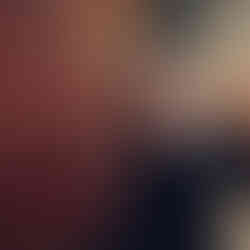


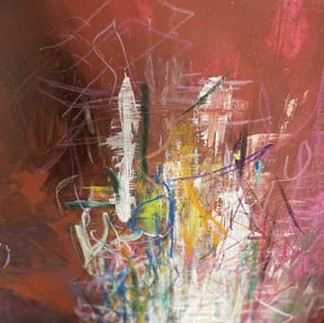



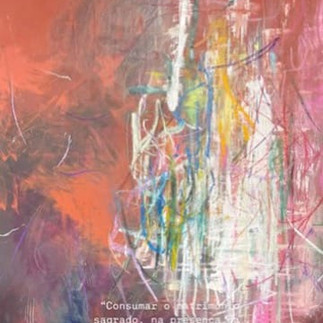

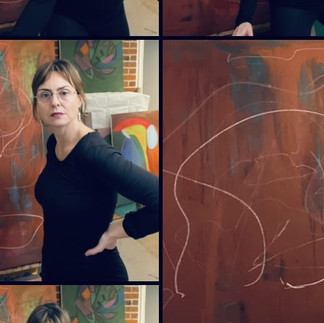


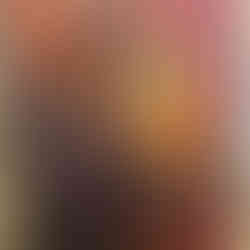

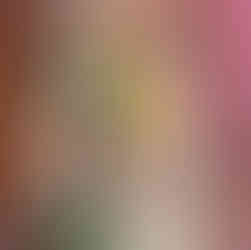



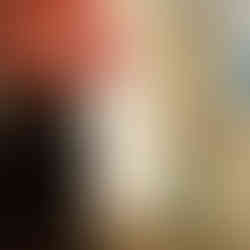

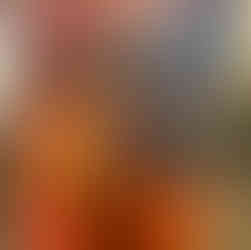




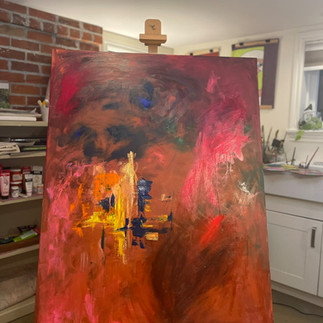


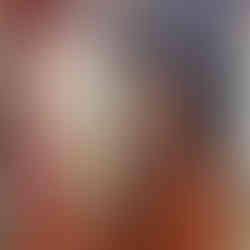

Comments